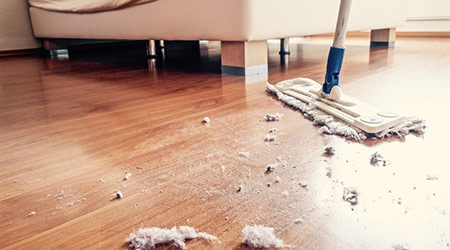The sun’s rays coming through windows can kill some bacteria that live in dust, according to a recent study published in the open access journal Microbiome.
University of Oregon researchers found that in dark rooms an average of 12 percent of bacteria were viable. But only 6.8 percent of bacteria exposed to daylight and 6.1 percent of bacteria exposed to UV light were viable, according to study data.
Dust kept in the dark contained organisms closely linked to some respiratory diseases. But the same organisms were largely absent in dust exposed to daylight.
The study found that less human skin-derived bacteria and more outdoor air-derived bacteria lived in dust exposed to light than in dust not exposed to light. This could suggest that daylight causes the bacteria in indoor dust to resemble those found outdoors, according to a report on the Infection Control Today website.

 How Efficiency Checklists Help Hospitals Save Energy, Water and Money
How Efficiency Checklists Help Hospitals Save Energy, Water and Money Designing with Heart: Seen Health Center Blends Cultural Warmth and Clinical Care
Designing with Heart: Seen Health Center Blends Cultural Warmth and Clinical Care Rutgers Health and University Hospital Breaks Ground on Campus Expansion
Rutgers Health and University Hospital Breaks Ground on Campus Expansion What to Consider When Modernizing Healthcare Facilities
What to Consider When Modernizing Healthcare Facilities Corewell Health Beaumont Troy Hospital to Build New Tower
Corewell Health Beaumont Troy Hospital to Build New Tower